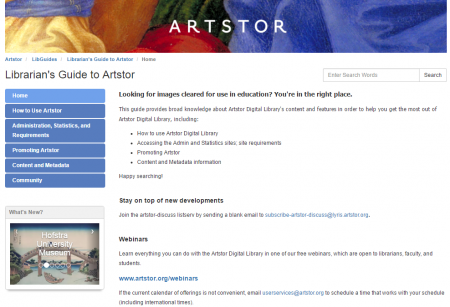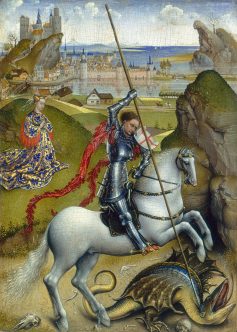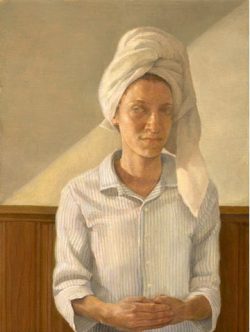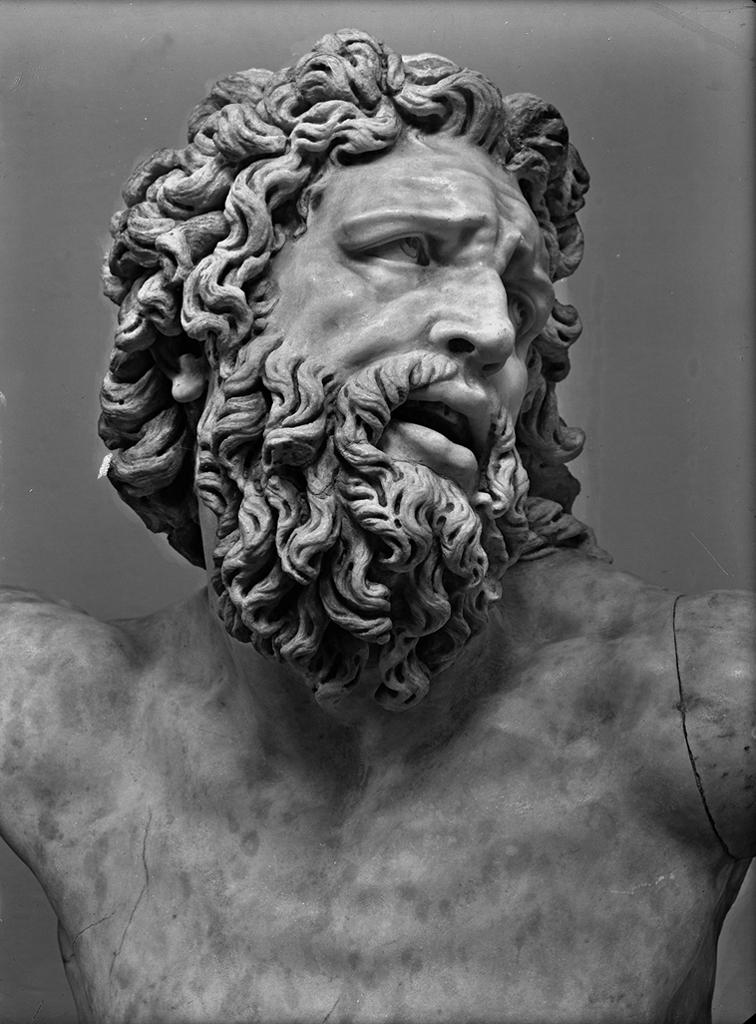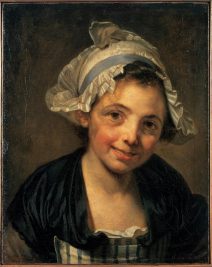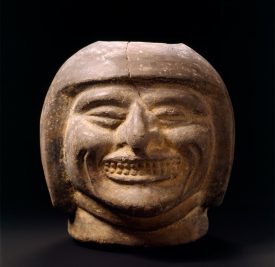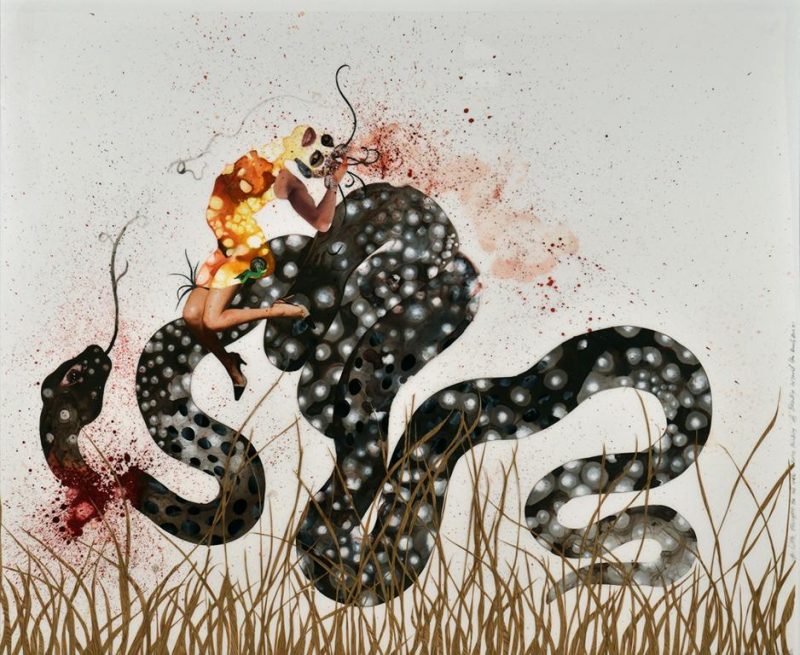We are introducing a new resource featuring more than 75 images on the topic of biomimicry. Find it in the Artstor Digital Library’s Teaching Resources area: Teaching Resources > Case Studies > STEM to STEAM > Stem to Steam: The Anatomy of Design
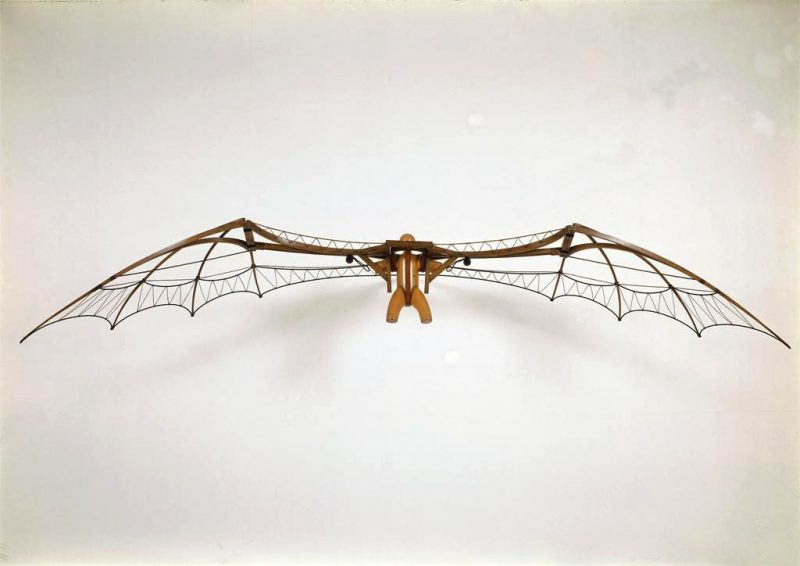
After Leonardo da Vinci; original design: c. 1488; Museo nazionale della scienza e della tecnica “Leonardo da Vinci”. Image and original data provided by (c) 2006, SCALA, Florence/ART RESOURCE, N.Y.; artres.com; scalarchives.com
Throughout history we have looked to nature to define and devise systems of design. Leonardo’s Vitruvian Man embodies the dominance of the concept of anthropomorphic balance during the Renaissance. The perfect proportions of man are contained within the ideal geometric shapes of the square and the circle, as if the artist had given graphic proof to the metaphysical declaration of the Greek philosopher Protagoras: man is the measure of all things. Consider our units of measurement, such as the foot and the cubit (from the Latin for forearm) established by the ancients, the braccio (Italian for arm), the pouce (French for thumb, meaning inch), whereby mathematical ratios in architecture were based on the proportions of the human figure.
